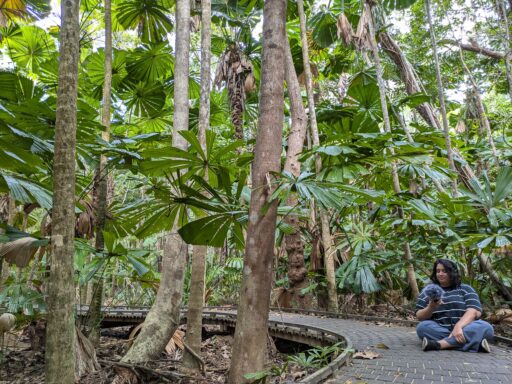
Sound artist Nikki Sheth shares her experience working with Bradford Digital Creatives.
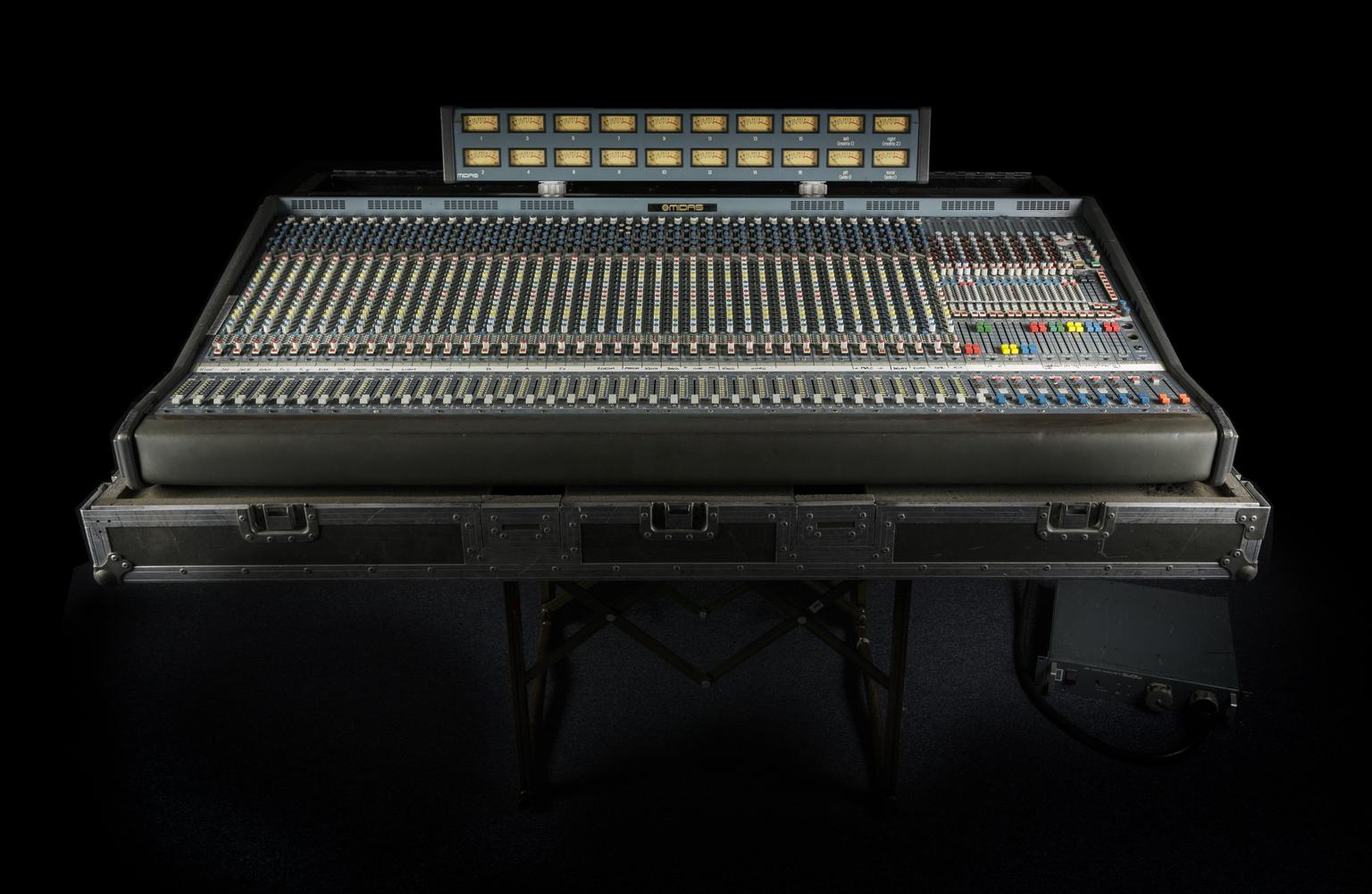

Sound artist Nikki Sheth shares her experience working with Bradford Digital Creatives.

This autumn, pioneering artist and engineer Caro C brought her inspiring audio storytelling workshop to Belle Vue Girls’ Academy as part of the Bradford Digital Creatives project.

Following SOPHIE’s tragic death in January 2021, we explore the world of SOPHIE’s music and marvel at the artist’s wild and distinctive way of manipulating soundwaves.
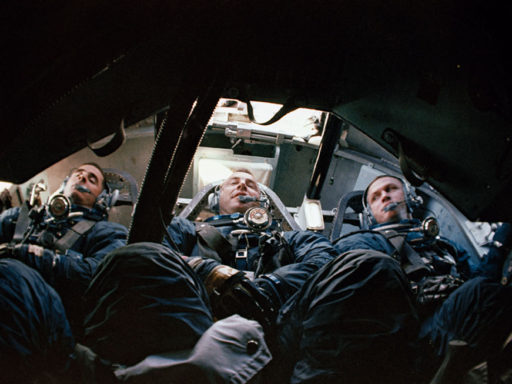
Did you know that astronauts on Apollo missions were issued with tape recorders and could listen to music in space? Jenny Rowan explores the technology (and the crew’s musical choices).
This year’s Widescreen Weekend includes a tribute to Ennio Morricone. Iva Dobreva looks back on the legendary composer’s life, work and contribution to the use of sound in cinema.
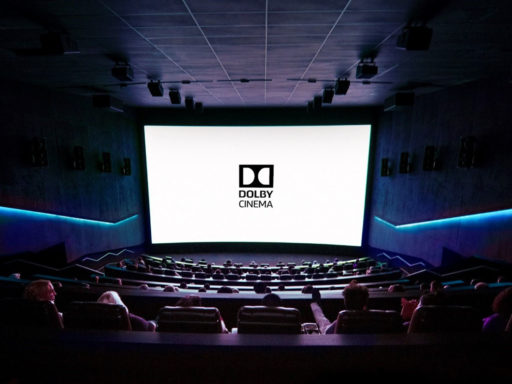
How did we get from the era of silent films to the stereo surround sound of today’s cinemas? Ewan Grainger takes a whistle-stop tour of the history of sound in film.
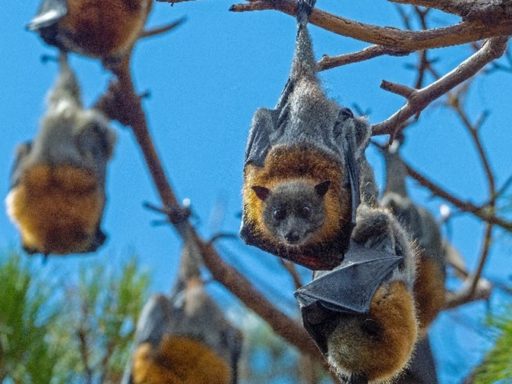
Our ability to communicate through language is unique to our species—but for certain species of animal, sound is used for other purposes, such as navigation and even hunting.
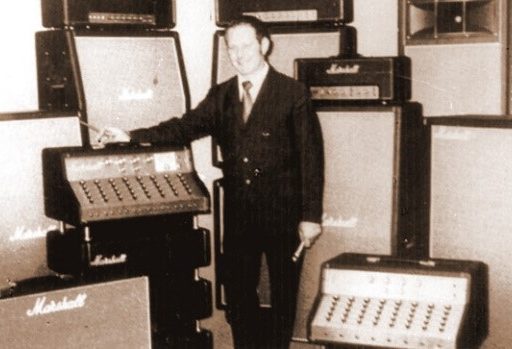
Nicknamed the ‘Father of Loud’, Jim Marshall was a pioneer of the rock ’n’ roll scene in Britain and beyond. To mark the anniversary of his birthday, Harriet Terrington writes about his life and groundbreaking inventions.

What do Star Wars, Kung Fu Panda and Red Dead Redemption have in common? The answer may sound familiar to you…
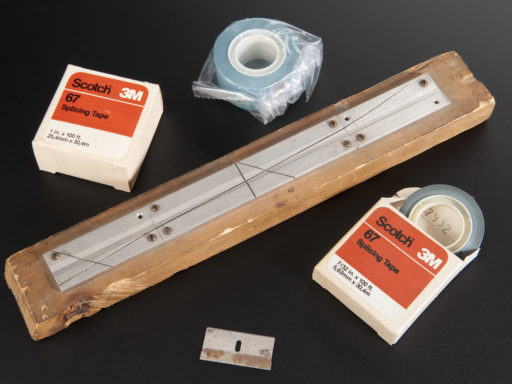
It’s no joke—1 April is the anniversary of the BBC’s Radiophonic Workshop, so we’re looking into its early history through some of the objects in the BBC Heritage Collection. Get ready for a (swannee) whistle-stop tour…
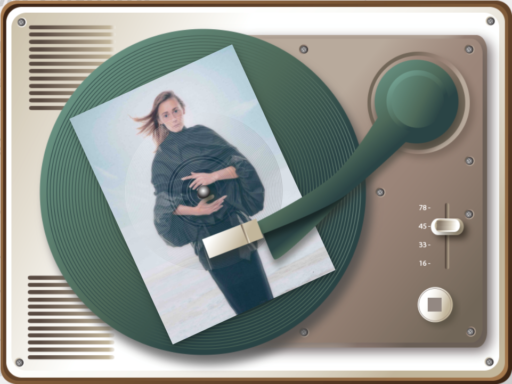
Laurence Cliffe writes about how the design of analogue music equipment influenced the online interactive experiments in our Sonic Futures project.
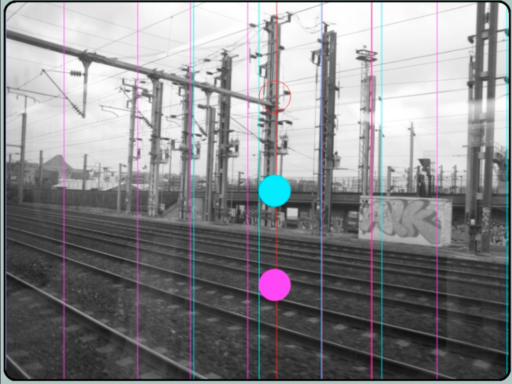
Caro C writes about the development of a new online exhibit, Photophonic, and how the BBC Radiophonic Workshop provided inspiration.